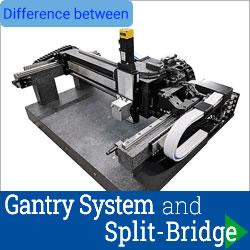Flight Assembled Architecture
FMC Technologies to Increase Ownership of Schilling Robotics to 100 Percent
Stratasys Offering Monthly Lease for 3D Printers
Aldebaran Robotics Updates Their NAO Robot
Micro-expression Detection Software
Harvard-designed Soft Robot
FroboMind
Boeing Unmanned Little Bird
IMAV 2011
Ideas in Action with Jim Glassman
Roomba Co-inventor Announces New Robot
Collective construction
Smile Supplement Robot
ROSCon 2012
Xtion Pro Live
Records 1561 to 1575 of 1629
First | Previous | Next | Last
Featured Product

